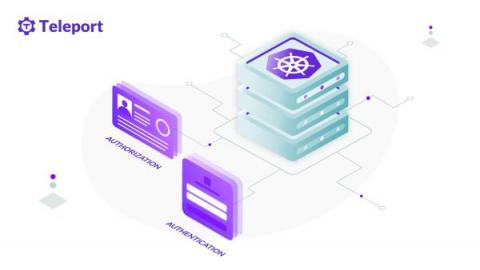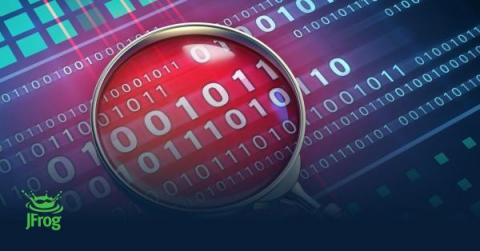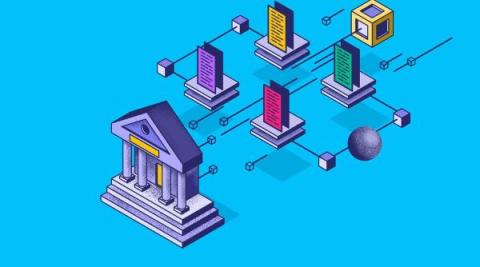Talking About the CISO Mental Health Crisis
For the past 20 years, I’ve served as CISO for companies across different sectors. In this role, I have shouldered responsibility for protecting each organization from a wide swath of rapidly developing cybersecurity threats. I have also learned firsthand how much stress security leaders face day-to-day. Recent conversations with my peers have shown stress in cybersecurity is an industry-wide problem. The CISO role is one of the most stressful in any organization.











